|
*This post contains affiliate links. I receive small commissions for purchases made through these links at no extra cost to you. These commissions help me keep this site up and running, in order for me to keep providing helpful and inspiring art content. :)
Wondering how to use watercolor pencils for best results? How are watercolor pencils different from regular colored pencils and traditional watercolor paint? Where to start when learning about this versatile medium? Watercolor pencils are an incredibly fun, beginner-friendly, versatile medium that continues gaining popularity among art enthusiasts all around the globe. What makes watercolor pencils so different from other art mediums is the fact that they're a drawing and painting tool all wrapped up in one. They're a blend of characteristics offered by traditional colored pencils and particularities of watercolor paint. Because of this, watercolor pencils bring an infinite amount of possibilities in terms of both strategies to go about creating art, but also in overall outcome/style. However, this also makes them a bit confusing in terms of what basic skills and techniques we should cover as beginners, which are the best supplies to use alongside them, etc. There are a few key things that I’ve learned as I’ve continued exploring and pushing myself with this medium throughout the last few years. My Top 5 Watercolor Pencil Tips1. Use quality watercolor pencils Truth be told, when I first started using watercolor pencils, I didn’t like them at all. I struggled to get the vibrant colors I wanted, there was way too much texture left behind, and I had trouble blending colors, as well as creating gradients. It wasn’t until I invested in better quality watercolor pencils that I started actually enjoying the process and liking my end results. I first invested in a smaller (but better quality) set with 12 colors from Derwent. Once I understood the medium a bit better, and was confident in the fact that I wanted to go long-term with it, I invested in a larger set from Faber-Castell. A couple of the best watercolor pencils in the market are: Faber Castell's Albrecht Durer and Caran D'ache Museum Aquarelle. Both offer smaller and larger sets. *Always remember, larger sets are not necessarily better than smaller sets.* 2. Give thought to your paper With watercolor pencils, we usually bring in at least some amount of water into the process. Because of this, it’s essential to work on paper that’s intended for water-soluble mediums such as watercolor paper. I enjoy working on hot press watercolor paper, which is the least textured of all. The more textured your paper is, the more visual texture and “sketchiness” will be left at the end. This is because the tip of your pencils will skip against the tooth of the paper as the pigment is being applied. In other words, the pigment is not applied evenly. Two brands that offer great hot press watercolor paper are Canson and Winsor & Newton. Another thing to consider is the thickness of your paper. Whenever you’re bringing water in, you’ll likely want medium-to-heavier weight paper (140 lbs. in weight or more). Thinner papers will easily buckle or even tear, making the process more frustrating than it needs to be. Another option is illustration board! It's smooth and very sturdy.
3. Pre-select your colors I’m a huge believer in giving thought to your colors before jumping in, as well as in limiting the amount you'll be using for the piece on hand. By swatching out and choosing the specific watercolor pencils you'll be using, there’s much less of a chance you’ll accidentally create undesired colors as your painting. Also, by keeping your amount of colors limited and thinking about repeating colors throughout your piece, you’ll arrive at more harmonious results. Five minutes of prep work can make a huge difference in how smoothly your process goes, as well as in the quality of your end results. 4. Protect your highlights and lightest value areas Just like when working with traditional watercolor paint, I like incorporating the brightness and beauty of the paper as part of the piece. We're working with transparent paint after all and there's no need to bring in white! Before getting started with the painting process, I plan for highlight areas and light value sections where I want to make use of very translucent color. I make sure to apply little-to-no color in these areas so that, at the end, I have plenty of my paper shining through them. Heavier applications of color are reserved for darker midtone areas and darkest darks. This creates that dimension, lightness and glow that watercolor allows. 5. Embrace the sketchy look! Unless you’re applying your colors on a separate paper that you're using as a palette, activating them with water there, and only applying color on your painting with a paintbrush *I share about this technique in the video below (34:43)*, you’ll likely always be left with some amount of texture. This is the case, even when you’re working with higher quality pencils and the smoothest of papers. You can certainly go in and try to get rid of every-single-little textured section, but this often leads to an overworked, flat look. Now-a-days I embrace the texture left behind by the pencils and actively think of ways to combine painterly effects with some amount of sketchiness. This creates a balance that's visually pleasing and interesting to look at.
If you enjoyed this video and found it helpful, make sure to subscribe to my YouTube channel. I share a brand new video every week with art tips, drawing and painting tutorials and mindset/productivity tips for artists. *Subscribe HERE*
|
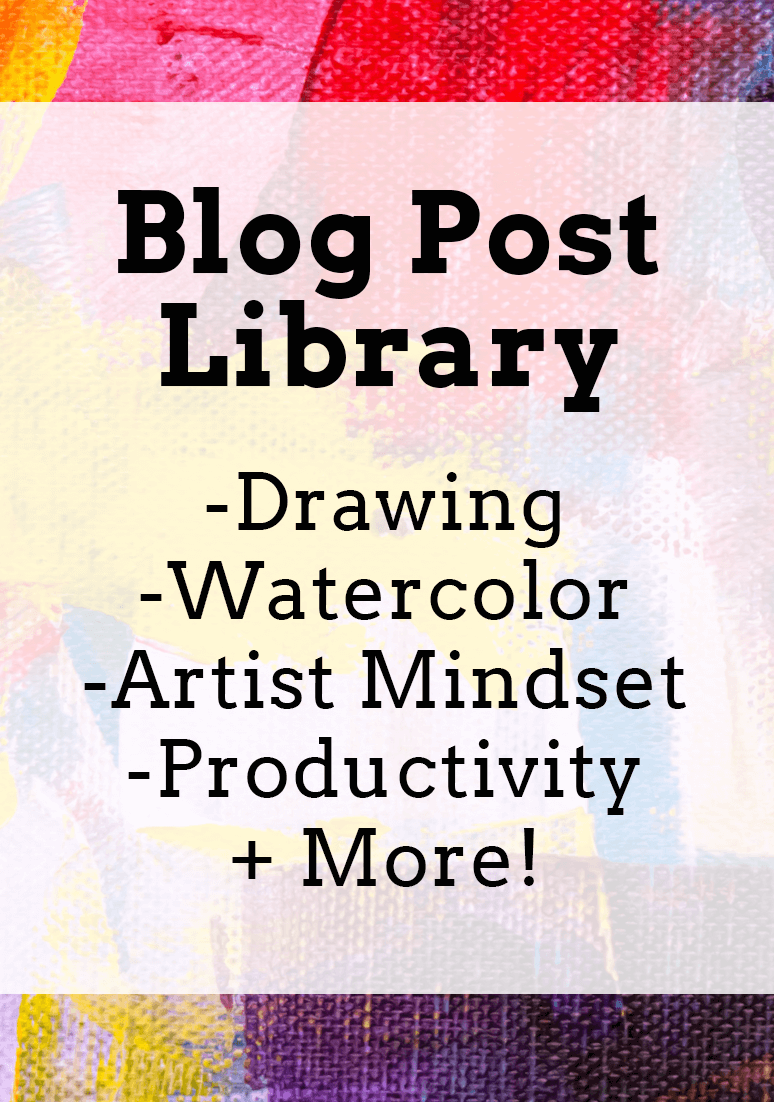
www.erikalancaster.com
is a participant in the Amazon Services LLC Associates Program, an affiliate advertising program designed to provide a means for sites to earn advertising fees by advertising and linking to amazon.com. www.erikalancaster.com is a participant in the Shareasale.com Affiliate Program, an affiliate advertising program designed to provide a means for sites to earn advertising fees by advertising and linking to Shareasale.com partner companies. |

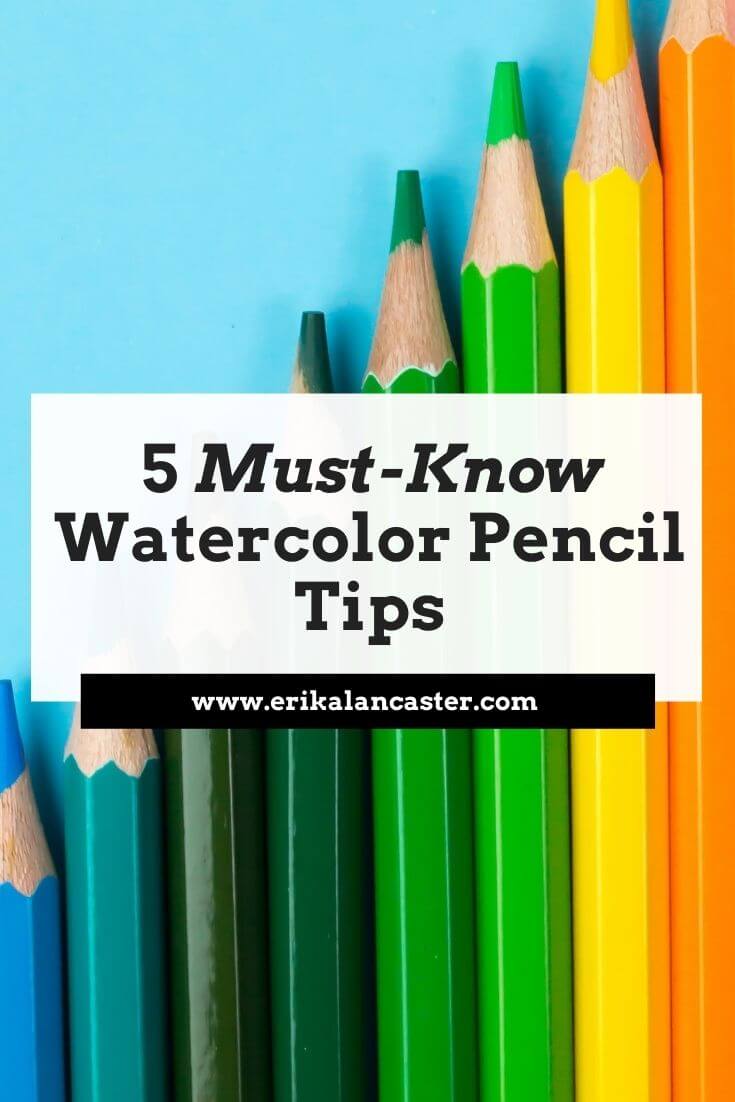
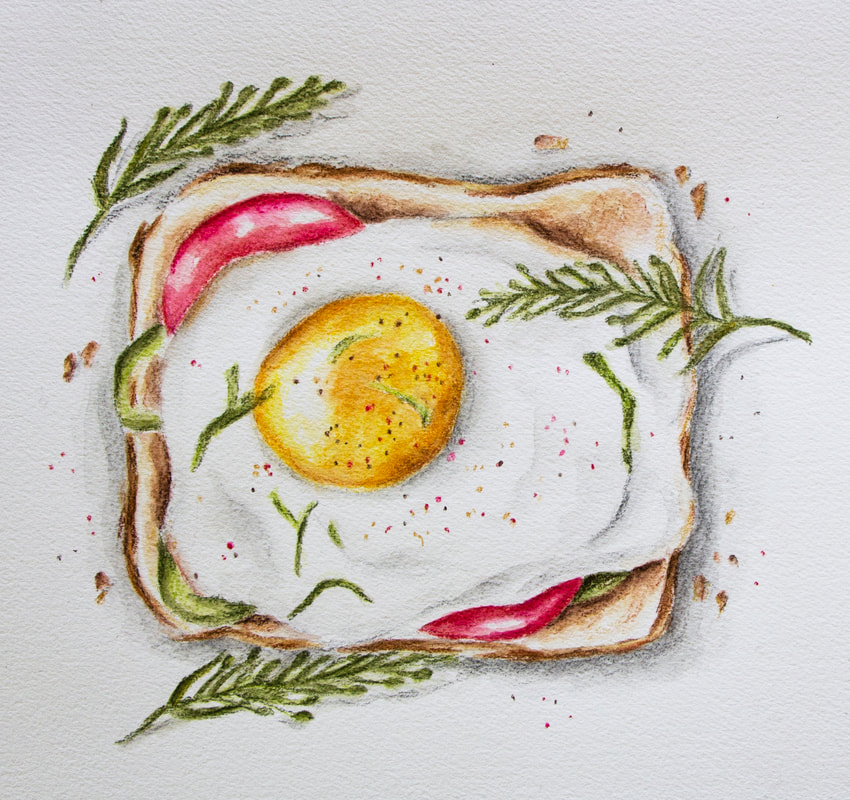
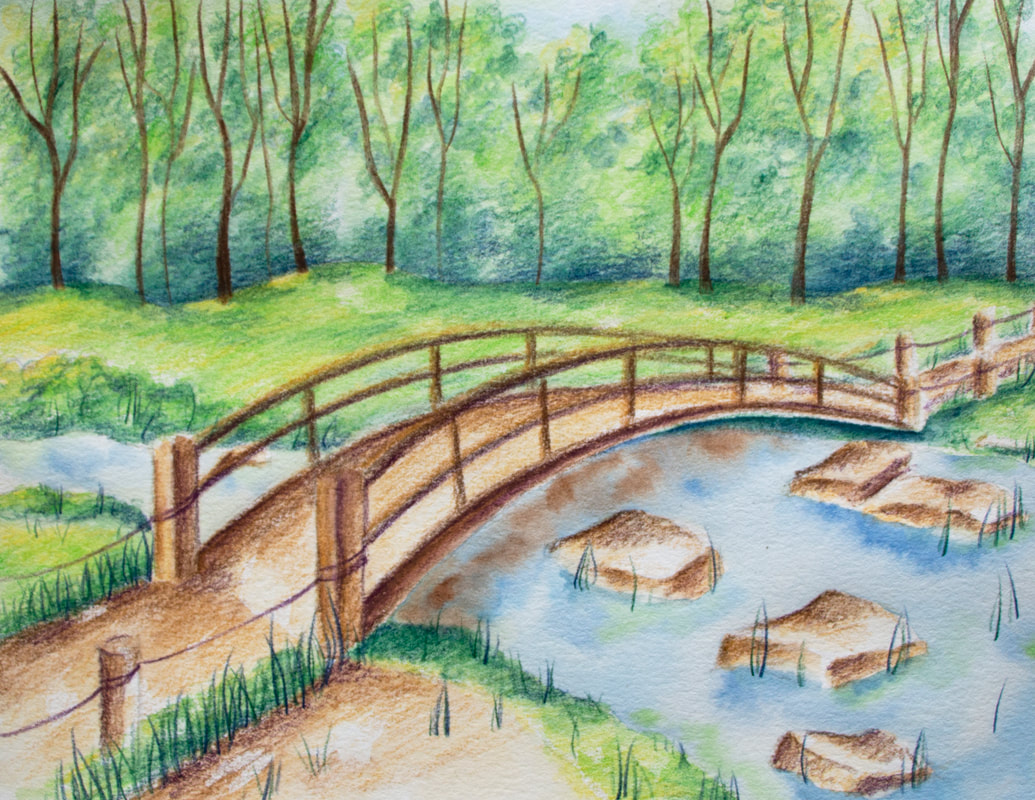
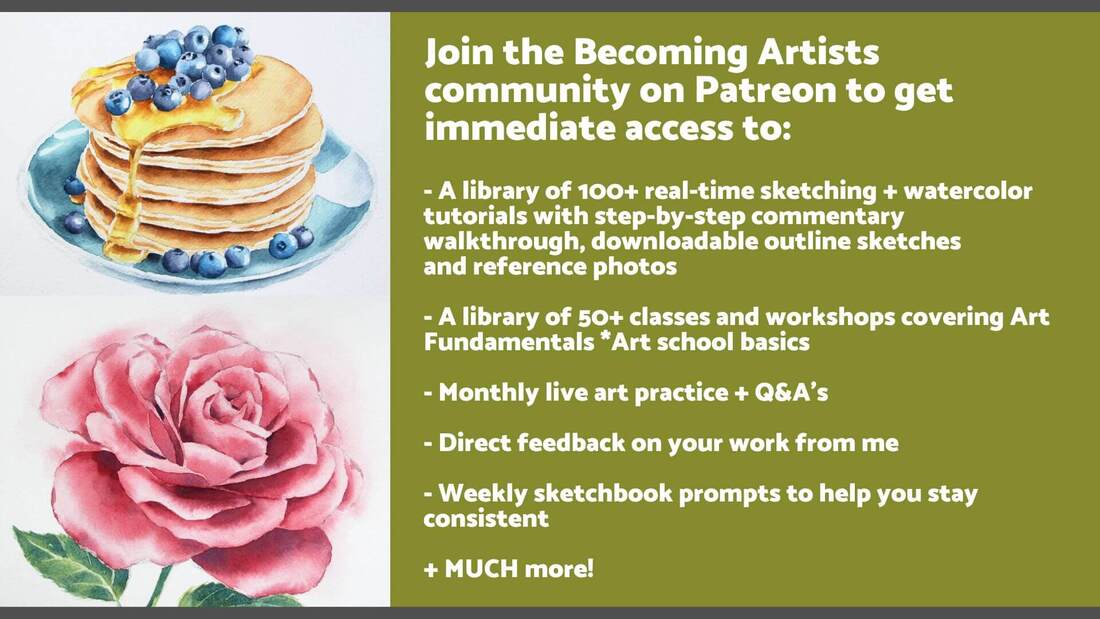
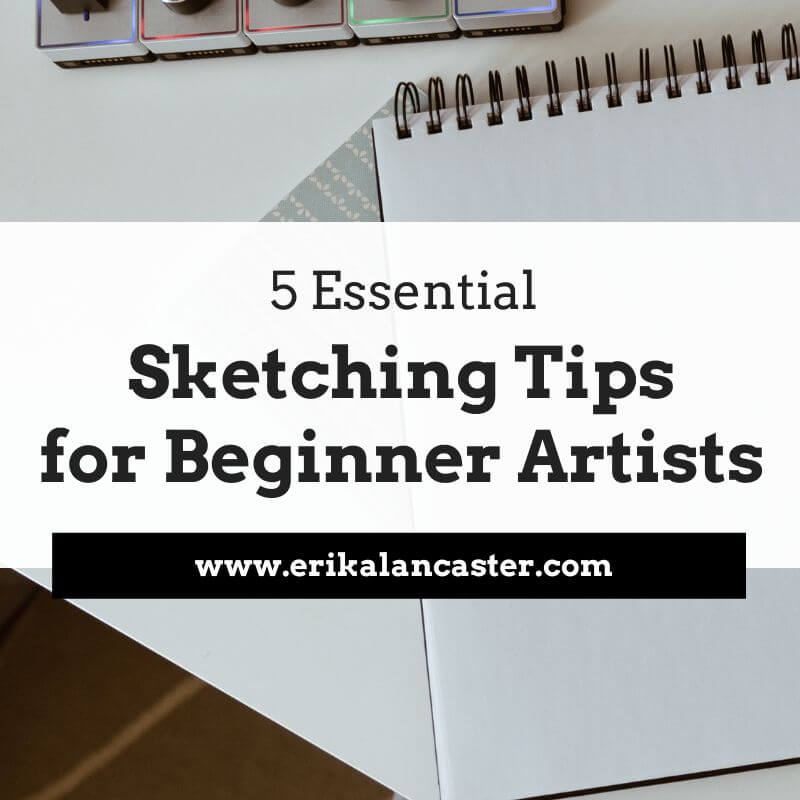
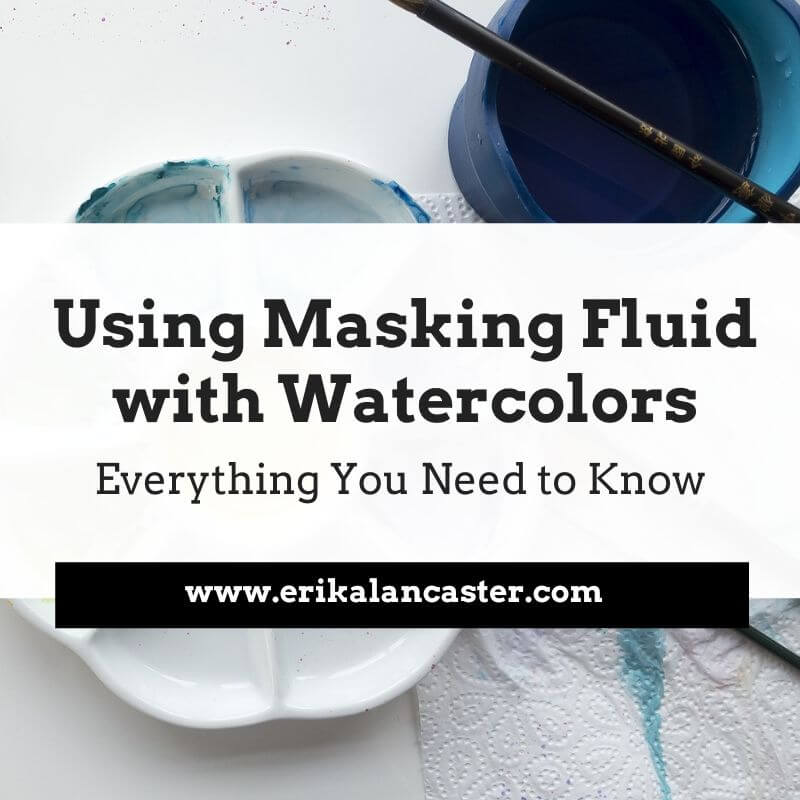
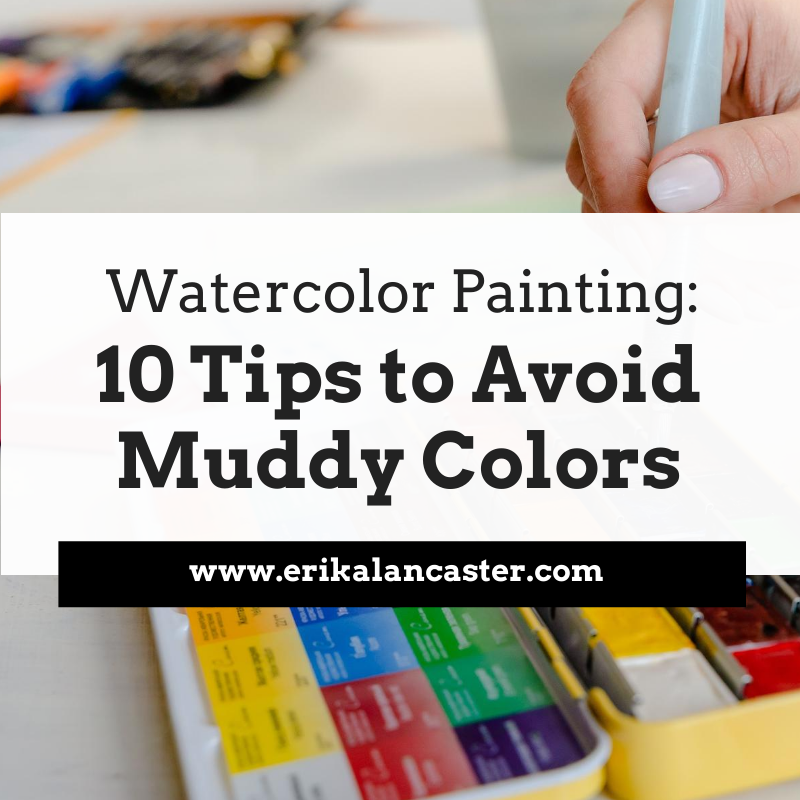




 RSS Feed
RSS Feed

